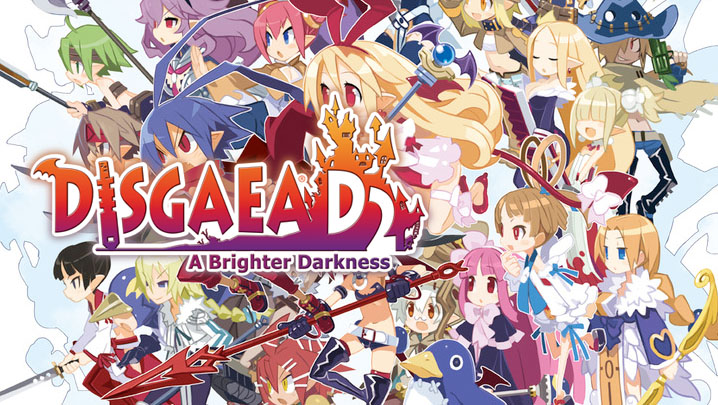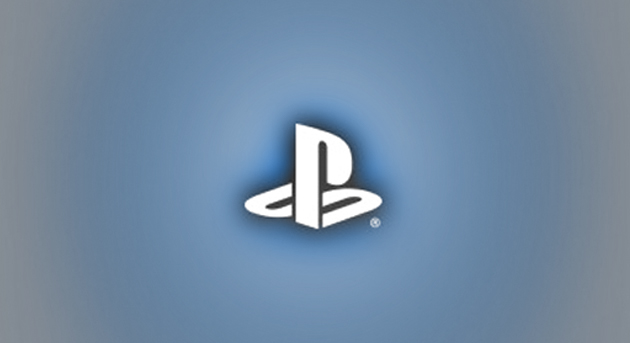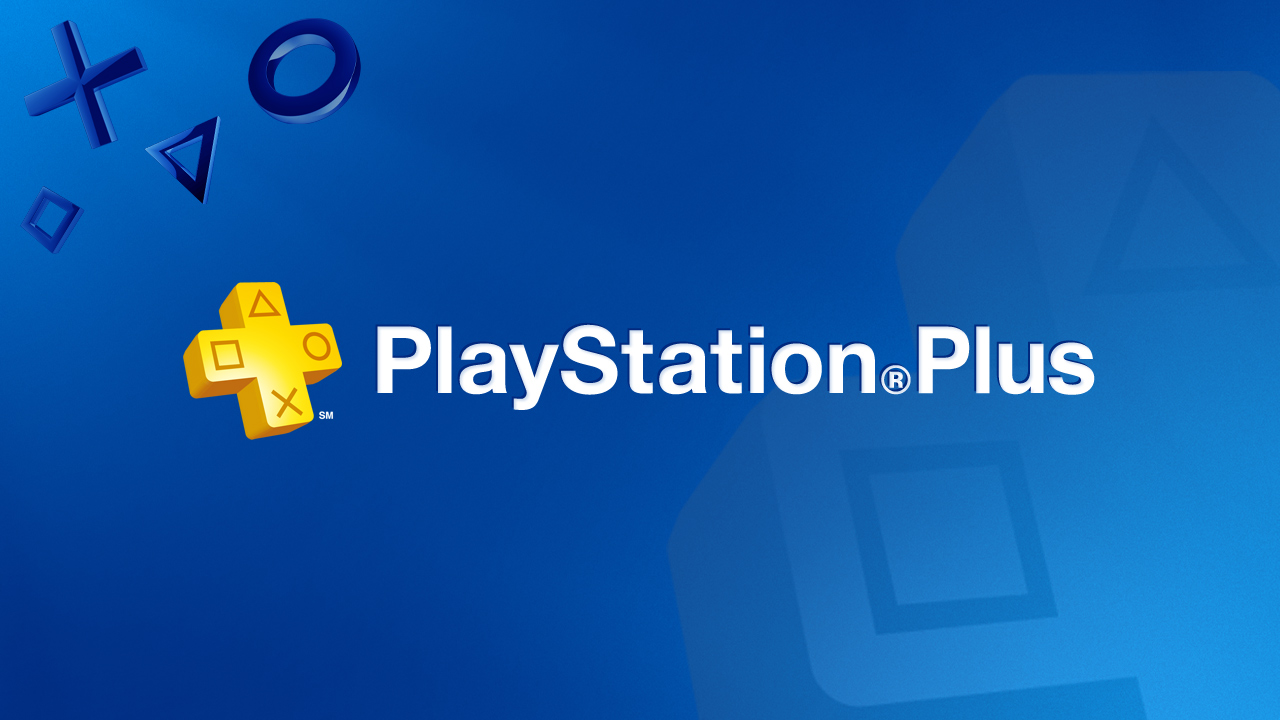
Ben Plays: God of War Ascension
Posted by Ben on May 2nd, 2013 | 0 Comments | Tags: PSNStores Editor Plays
PSNStores Editor Plays, is a new feature where one of us spends some time with a retail title and lets you know what we think. While this is still a site focused on Network titles, we do play other things from time to time
‘Why am I doing this’ feels like a main theme of God of War: Ascension. As Kratos sithes through hordes of enemies, crying out like a man who’s had one too many bad days, you start to wonder why you’ve even come to this location in the first place. Sure, everything looks wonderful. The spectacle is still something to behold, as Sony Santa Monica flexes their technical muscles yet again, creating some absolutely startling scenes as the adventure trundles along. Its those moments in between where Ascension falters, however. When you’re moving through the same formula that has powered several games, you start to see cracks in the foundations. God of War 3 papered over those cracks with scenes so ludicrous that they dwarfed them, but Ascension dwells on them for just long enough that they become something of a sticking point.
The first problem comes in the form of Ascension’s story, in the sense that there isn’t much there at all. The plot limps along, and makes liberal use of flashbacks to attempt to explain how Kratos has gotten himself in to this mess. The trouble is, it doesn’t do a very good job of explaining it. What the player is left with is the equivalent of a God of War clip show, in which Kratos is thrown from location to location with reckless abandon, all the while the player is more than a few steps behind, asking the question ‘Wait, why am I in a snowy mountain now?’ The core idea of Kratos being tortured by the furies for breaking his bond to Ares is a novel one, but the structure of the game, combined with the bizarrely vague cinematic scenes, quickly unravel much of the player’s desire to see it through. The story in this one appears to be an excuse to visit a variety of lovely locations, so at least you get a couple of sweet vistas out of the bargain. And my, those views are spectacular. Ascension sees Sony Santa Monica’s artists at the top of their game, crafting locations that you want to hang around in for a few more seconds, regardless of the game pushing you along. From snow capped peaks to a lush jungle, the game keeps throwing new and interesting places to look at in the player’s direction. The game doesn’t quite run at the same pace God of War 3 did, but when the leap in detail is this stunning, you can forgive a slightly lower frame rate. What is more difficult to reconcile, however, are the audio issues. I frequently found music cut out, sound effects had less punch, and everything generally felt more muted than your traditional action game. You don’t realise you miss something until its gone, and that is certainly the case here. To have a cutscene play sans music is a very surreal experience.
On the subject of the surreal, the combat has received the token alterations befitting of a sequel in the form of a rage meter. As you attack more enemies, the meter fills, and you unlock more attacks when it reaches its peak. Its a curious idea, to lock away a good chunk of a moveset behind player performance in game, and one that perhaps needed more thought put in to it. Whenever you get hit, you lose that same rage that you have been attempting to build up. So, combat ends up devolving in to bizarre cat and mouse exercises, with the player desperately trying to build up enough rage to either use a special attack, or to unlock the more powerful moves. Its a system that works in theory, but in practice tends to get a little muddled. The combat is further complicated by the elemental blades. Rather than unlocking magic attacks, you unlock new elemental styles for your ever popular chain apparatus. Each one brings with it a different effect, and alternate finishers that yield different results. However, each one also comes with its own separate magic attack, which is unlocked with the final upgrade of each element. In a God of War game, where magic attacks and combat experimentation are key, to have the actual magic attacks locked away feels almost foolish. When you gain said attacks, you start to wonder why they weren’t there in the first place. In fact, the entire elemental aspect of the blades feels odd, especially when there’s no discernible system of strengths and weaknesses associated with them and certain enemies. It would have been interesting to force the player to switch elements for certain foes, but such opportunities were missed, sadly.
However, where the single player stumbles with a sense of misplaced purpose, the multiplayer emerges with a far more sure footing. There are a good amount of modes, and it feels extremely fleshed out. The core God of War combat has been placed in a multiplayer of environment, and the result ends up feeling more like a vicious arena fighter in the Power Stone vein than any other multiplayer brawler currently available. The environments are rich, varied, and even come with a few set pieces of their own. In fact, the whole mode feels extremely well thought out, and when paired with a team that knew what it was doing, I had an absolute blast playing it. There’s also a co-op survival-esque mode, which I attempted solo. I didn’t last very long, but I can see myself coming back to it repeatedly, trying to get further in the rounds.
God of War: Ascension is the very definition of serviceable. The single player, while unspectacular, has enough content to satisfy fans of the series, and hold their interest for its 7-8 hour running time. The multiplayer is a wonderful addition to the series, and it helps to elevate the whole package, making it feel less like an exercise in brand awareness, and more like a fully fledged game. Just don’t expect any meaningful revelations on the story front.






